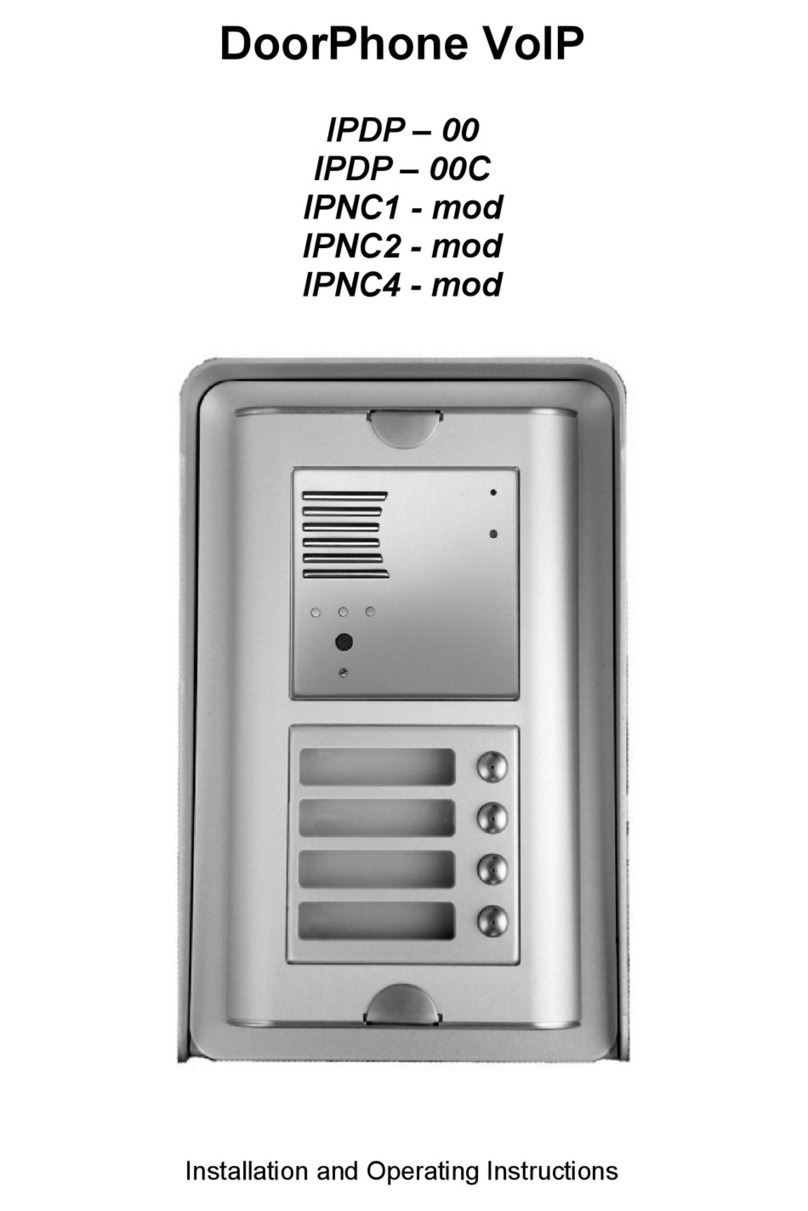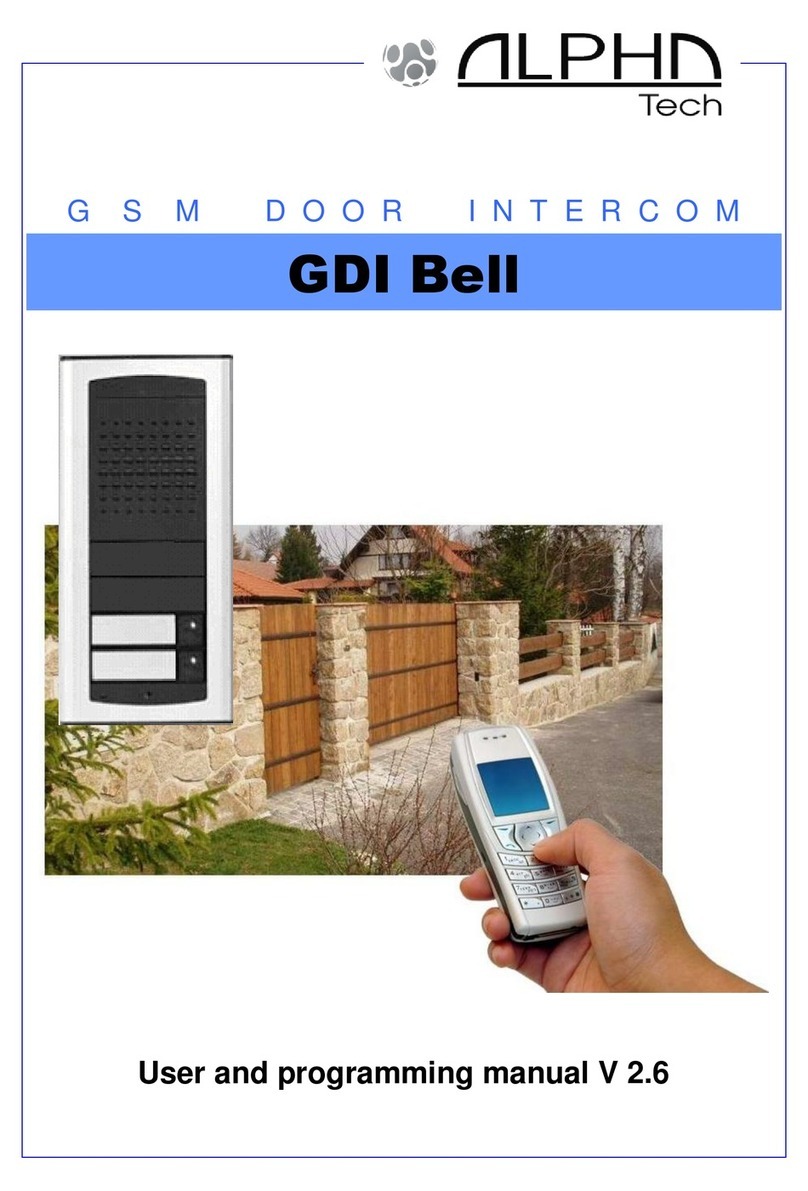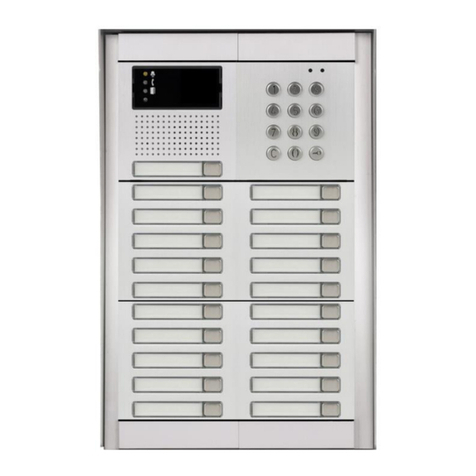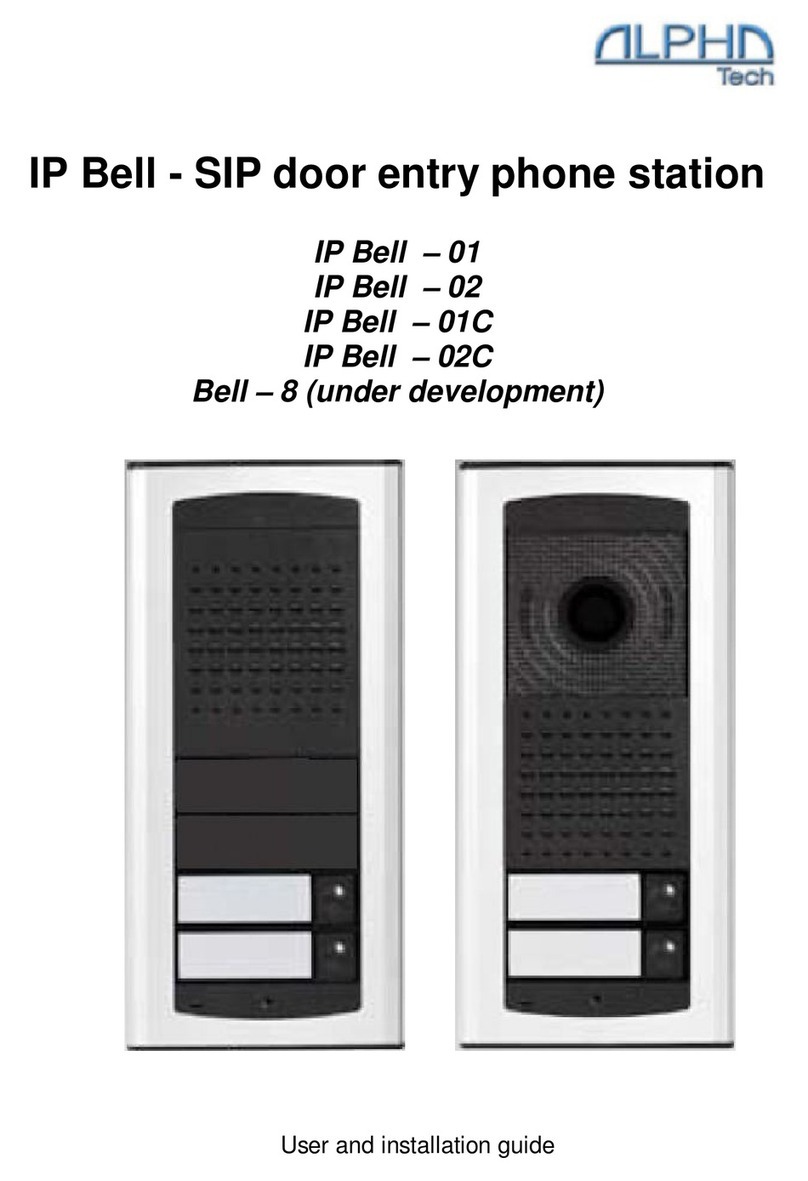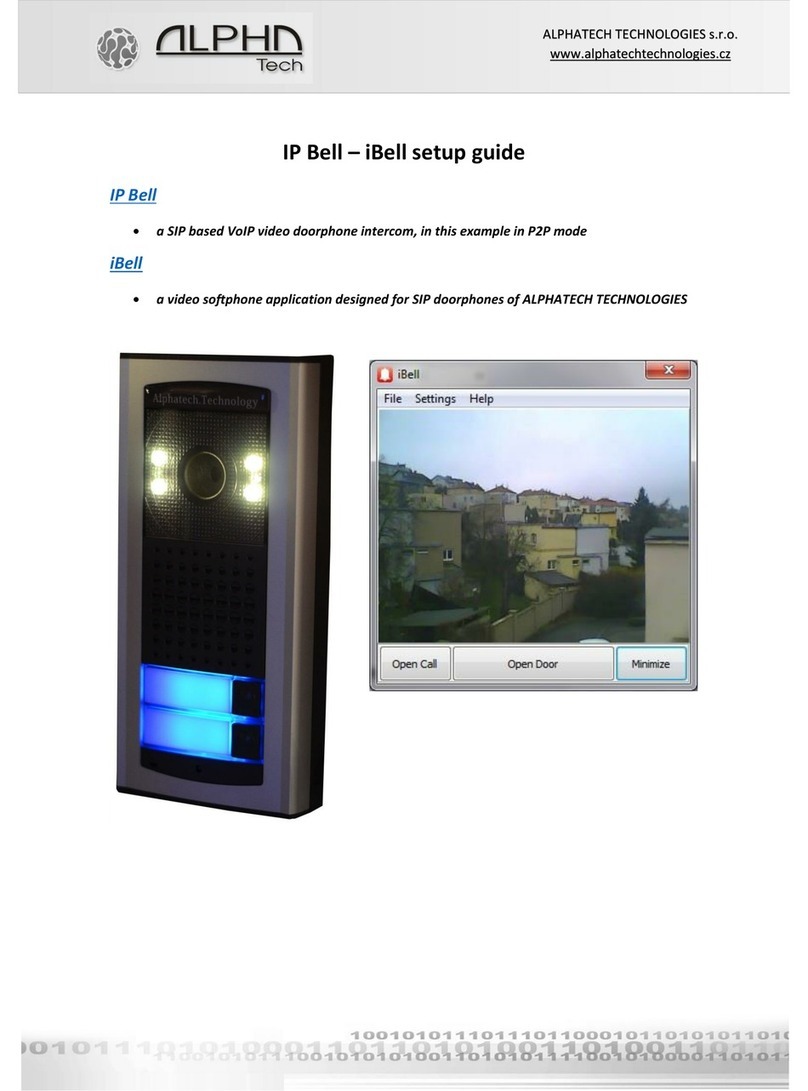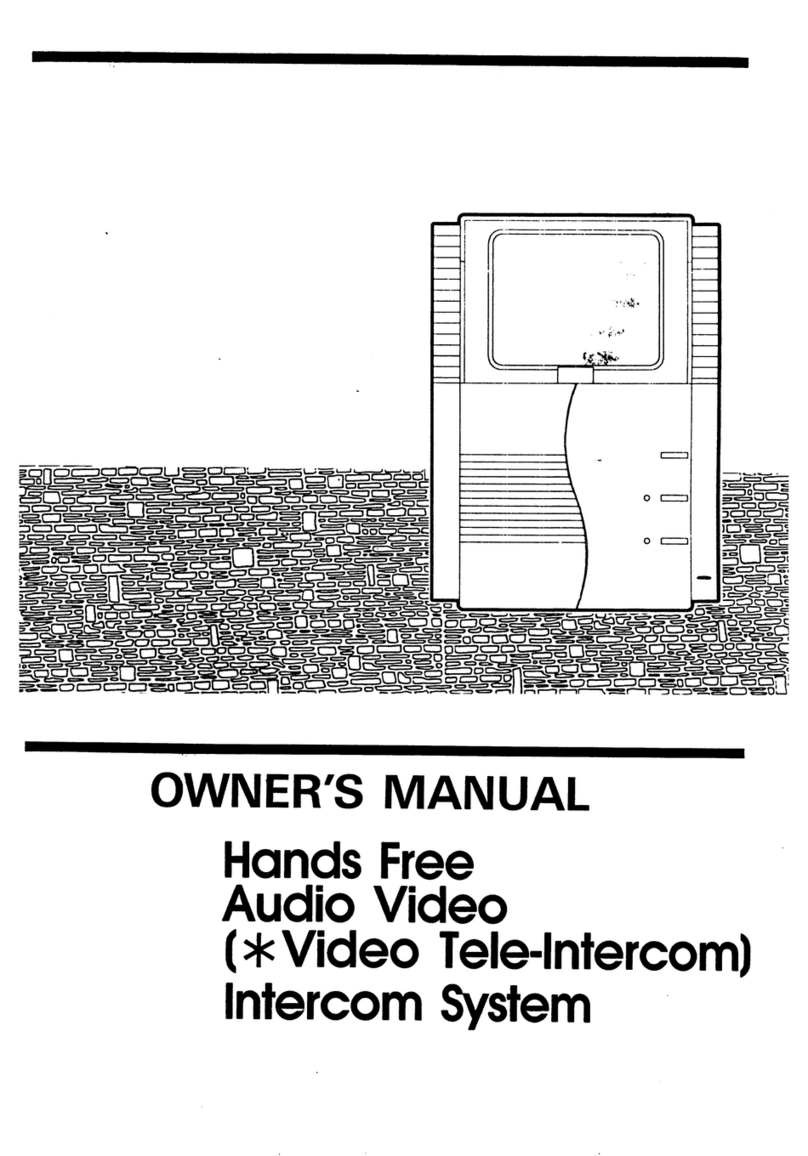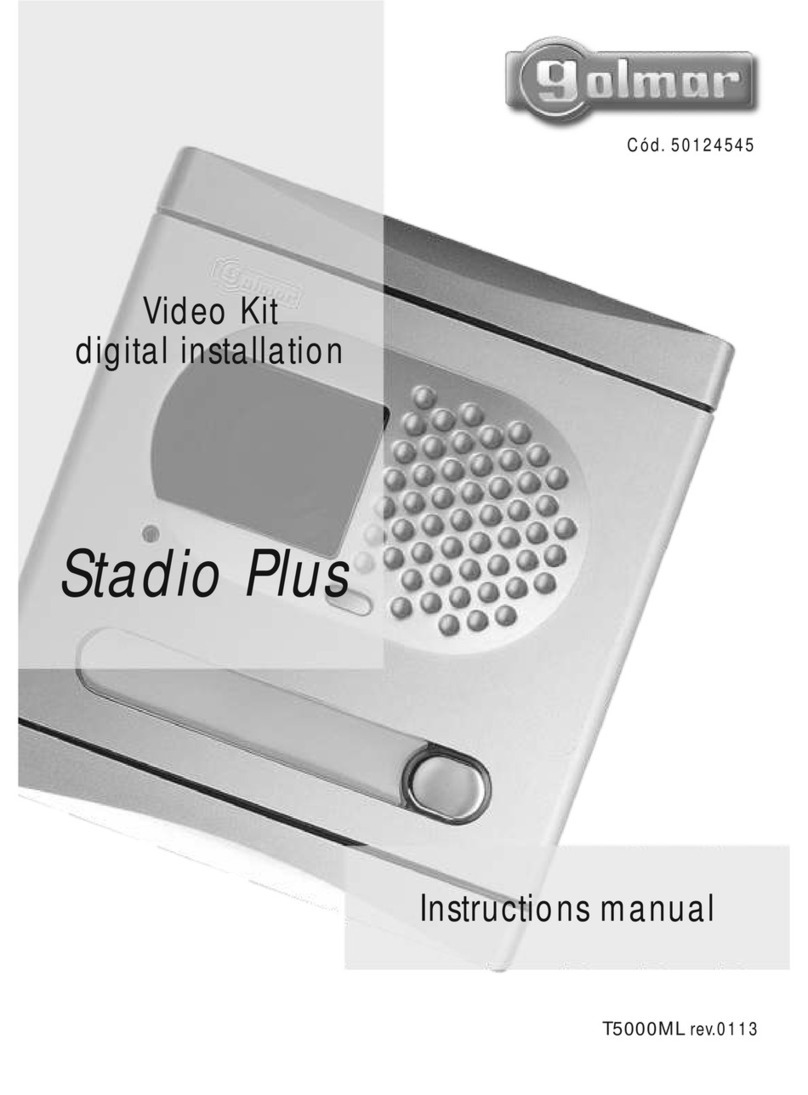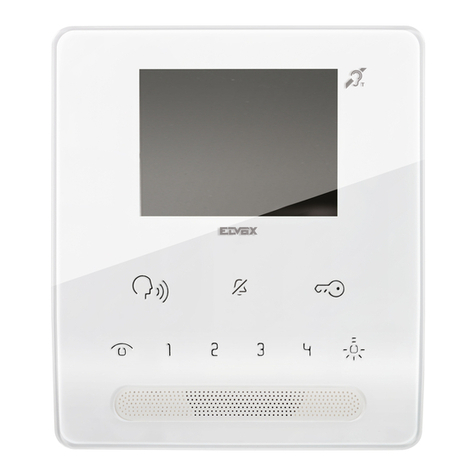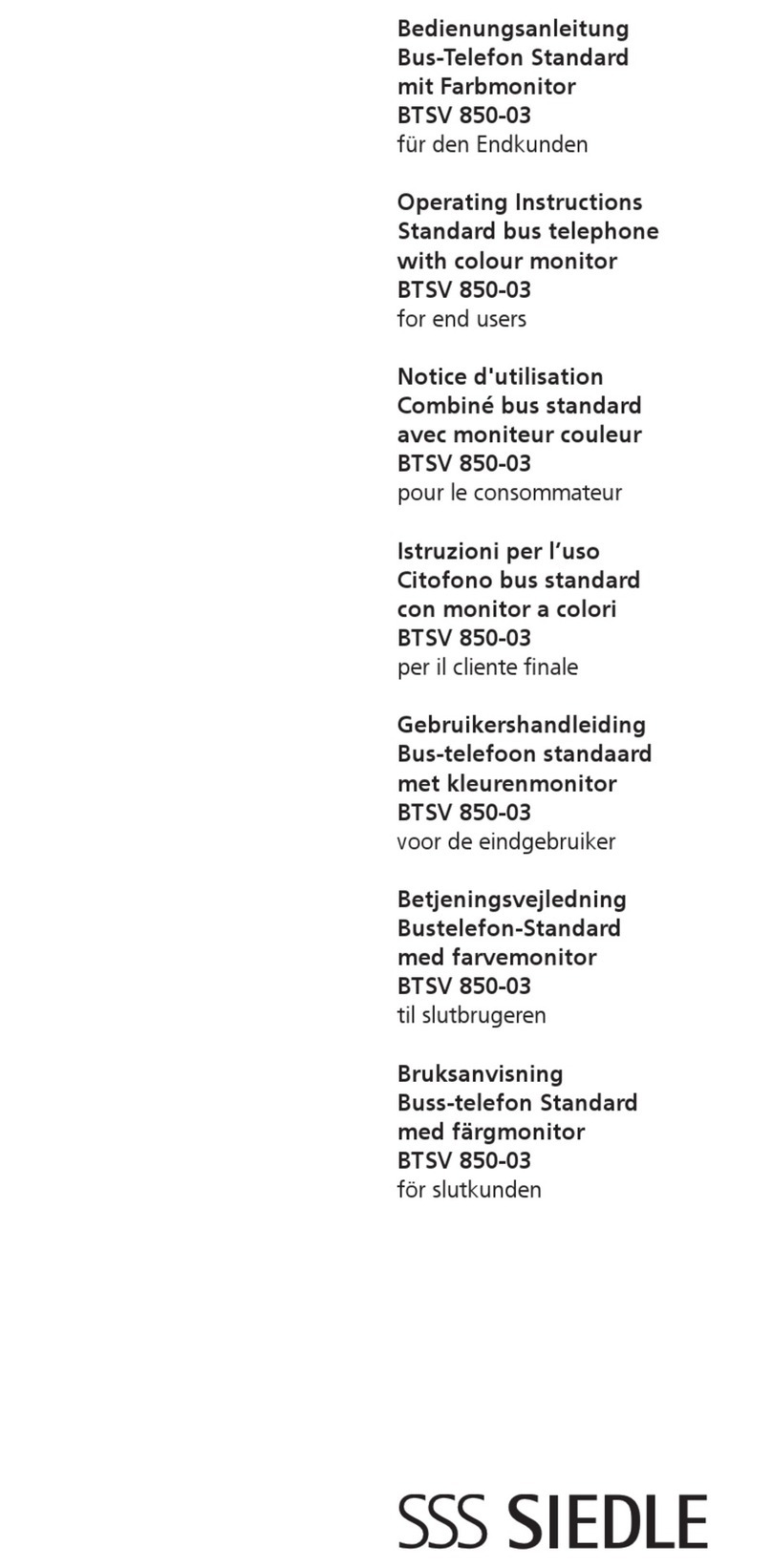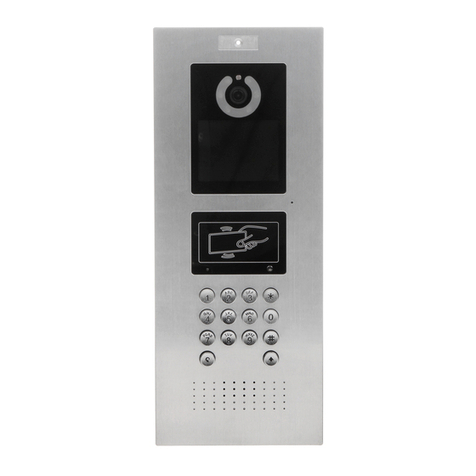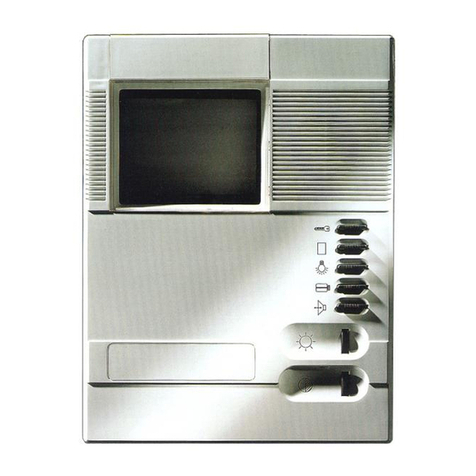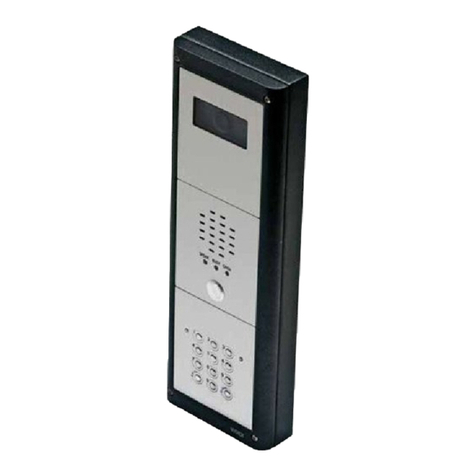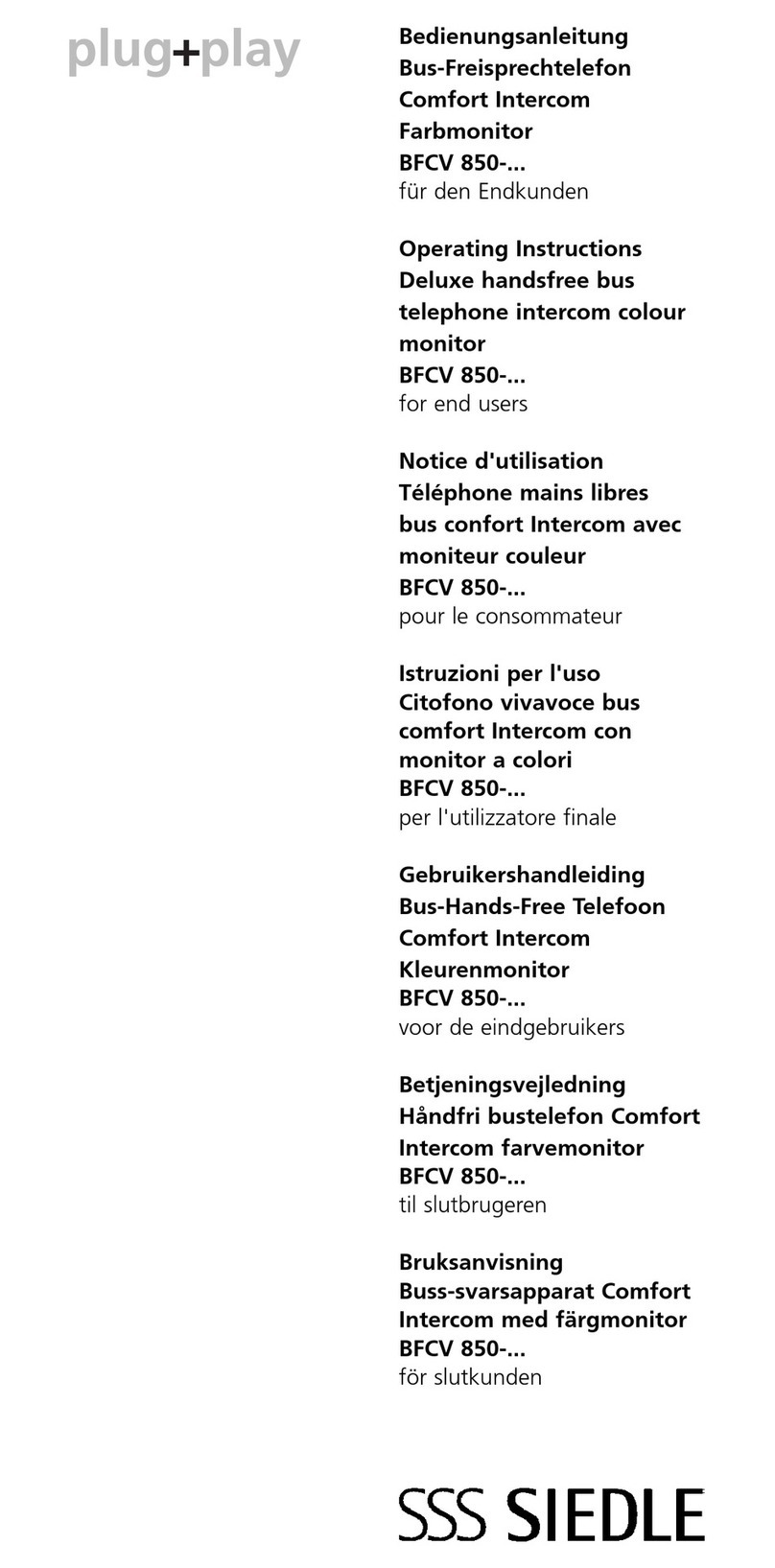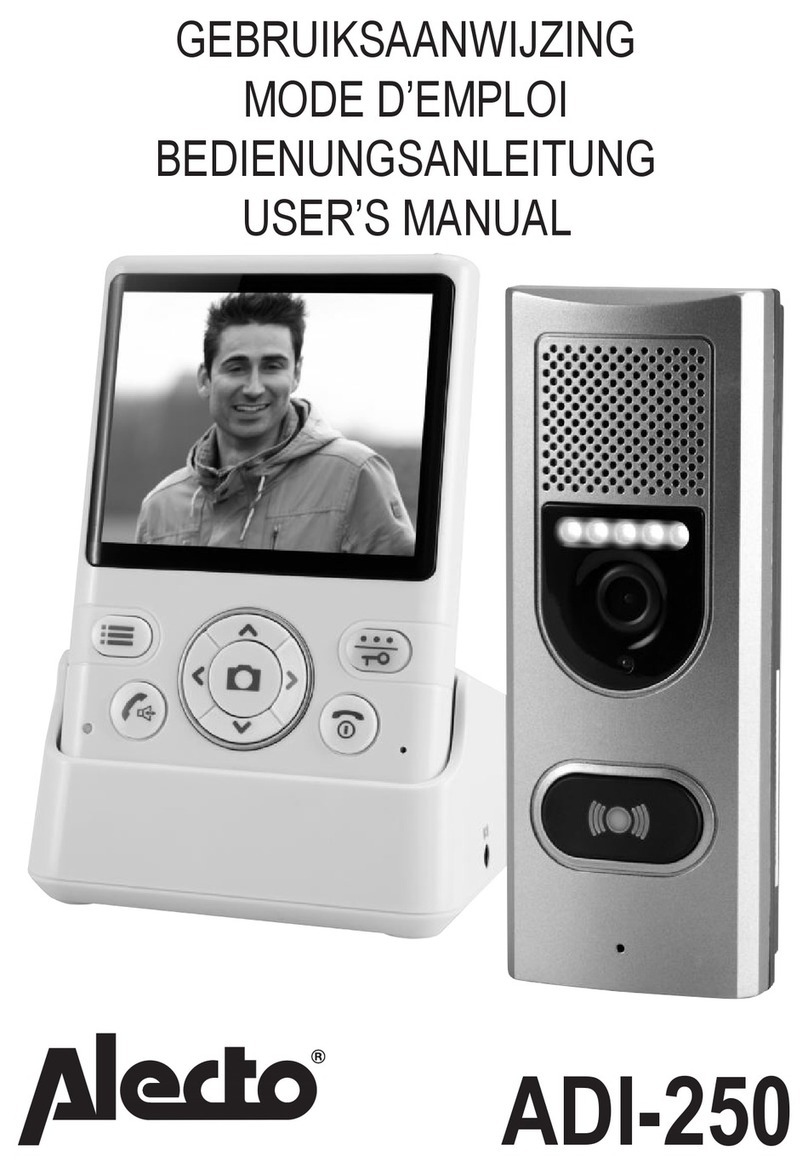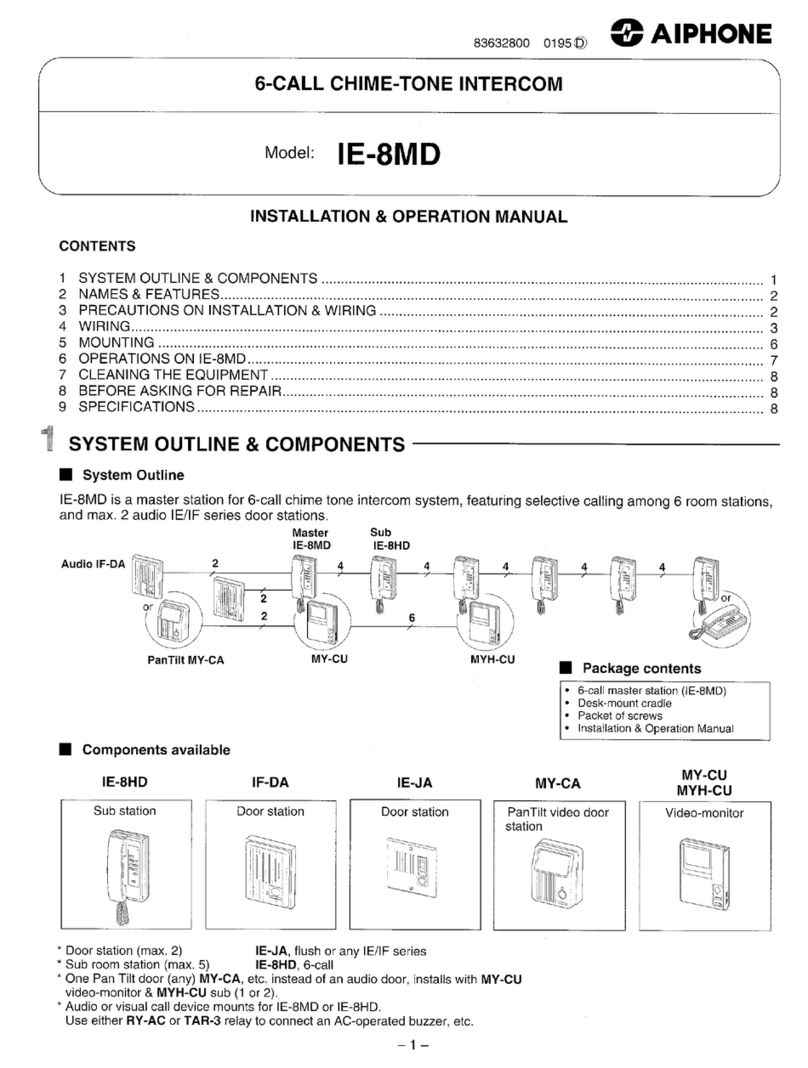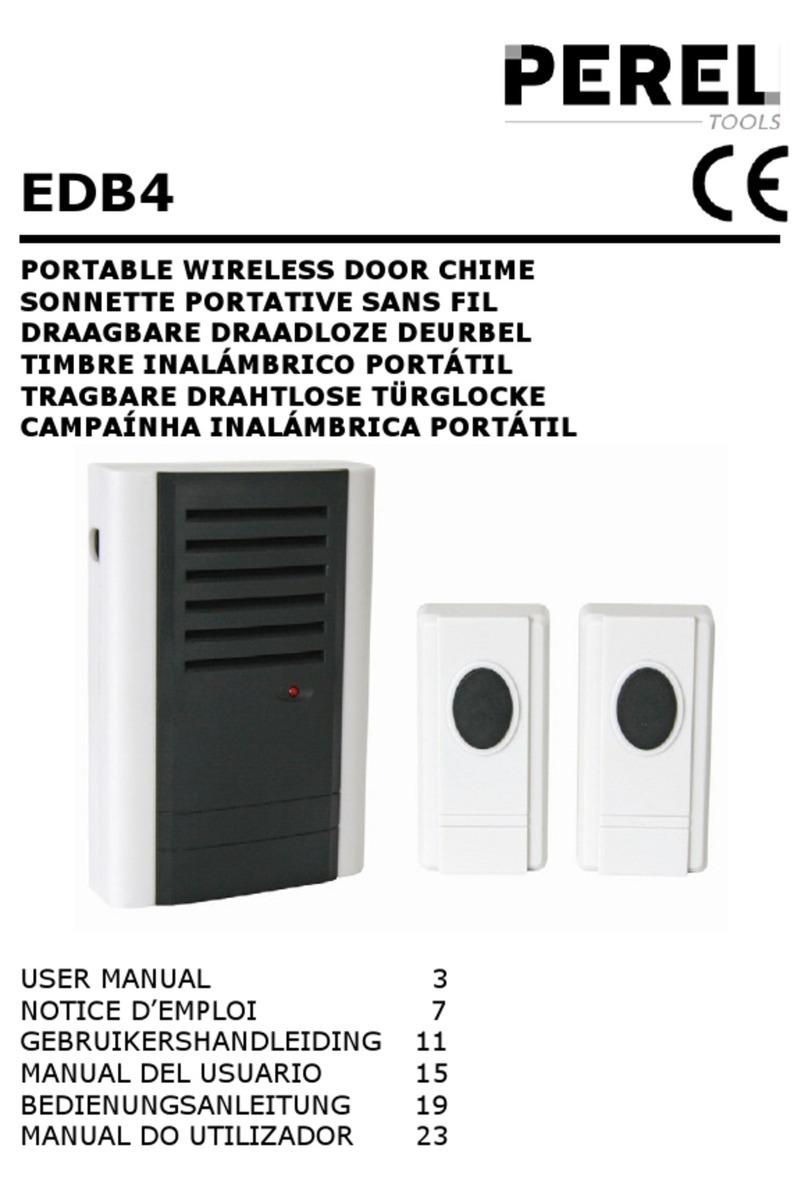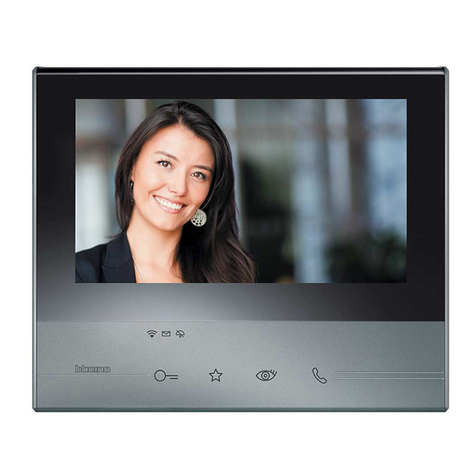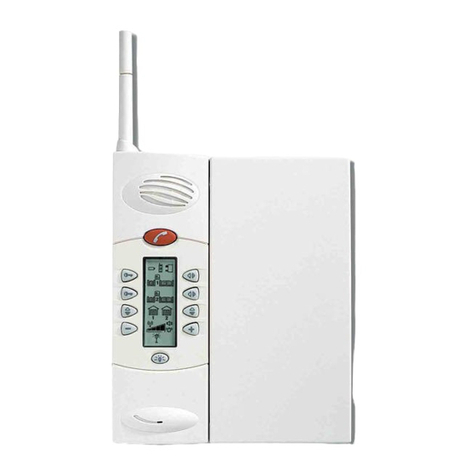Contents
1BASIC DESCRIPTION....................................................................................... 5
1.1 FEATURES...................................................................................................... 5
1.2 USED TERMINOLOGY...................................................................................... 6
1.3 Modules composition................................................................................ 8
1.4 Pushbutton Modules ................................................................................. 9
1.5 CONNECTION IPBELLV2............................................................................. 10
1.6 IPBELLv2 basic module ........................................................................ 10
1.7 Power supply - terminal (20).................................................................. 12
1.8 The exit button, door sensor - terminal (19) ........................................... 12
1.9 Expansion bus for buttons - terminal (13) .............................................. 13
1.10 Expansion module IPBELLv2-8.............................................................. 13
1.11 Connecting expansion modules IPBELLv2-8.......................................... 14
1.12 Button numbering ................................................................................... 15
2ASSEMBLY OF THE IPBELLV2 DOORPHONE ........................................ 17
2.1.1 Dismounting of the front cover ............................................................... 17
2.1.2 IP Bell mounting on the wall .................................................................. 17
2.1.3 Replacement of visit cards ...................................................................... 18
2.1.4 Demounting and mounting of the pushbutton on the front panel............ 18
2.1.5 Closing the front cover of IP Bell ........................................................... 19
2.2 INTERCONNECTION OF TWO MODULES (UNDER DEVELOPMENT)................... 19
2.3 Wiring of switch...................................................................................... 20
2.4 PoE power supply................................................................................... 22
2.5 Code relay (COSW) ................................................................................ 23
2.6 USE DOOR SENSORS -EXIT BUTTON.............................................................. 23
2.7 MICRO SD CARD.......................................................................................... 24
3SERVICE OF IPBELLV2................................................................................. 25
3.1 SIGNALLING OVERVIEW ............................................................................... 25
3.2 VISITOR AT DOOR......................................................................................... 25
3.3 Button press –outgoing call ................................................................... 25
3.4 Button press –code lock......................................................................... 26
3.5 Call ......................................................................................................... 26
3.6 VISITOR INSIDE BUILDING............................................................................ 27
3.7 Outgoing call .......................................................................................... 27
3.8 Incoming call .......................................................................................... 27
3.9 VIDEO .......................................................................................................... 28
4PARAMETRES PROGRAMMING ................................................................ 29
4.1 WEB INTERFACE ACCESS............................................................................. 29
4.2 What you should know ............................................................................ 29
4.3 Login....................................................................................................... 30
